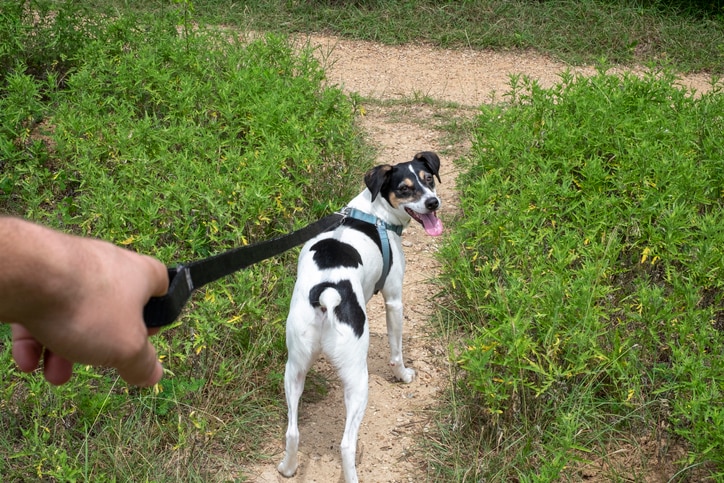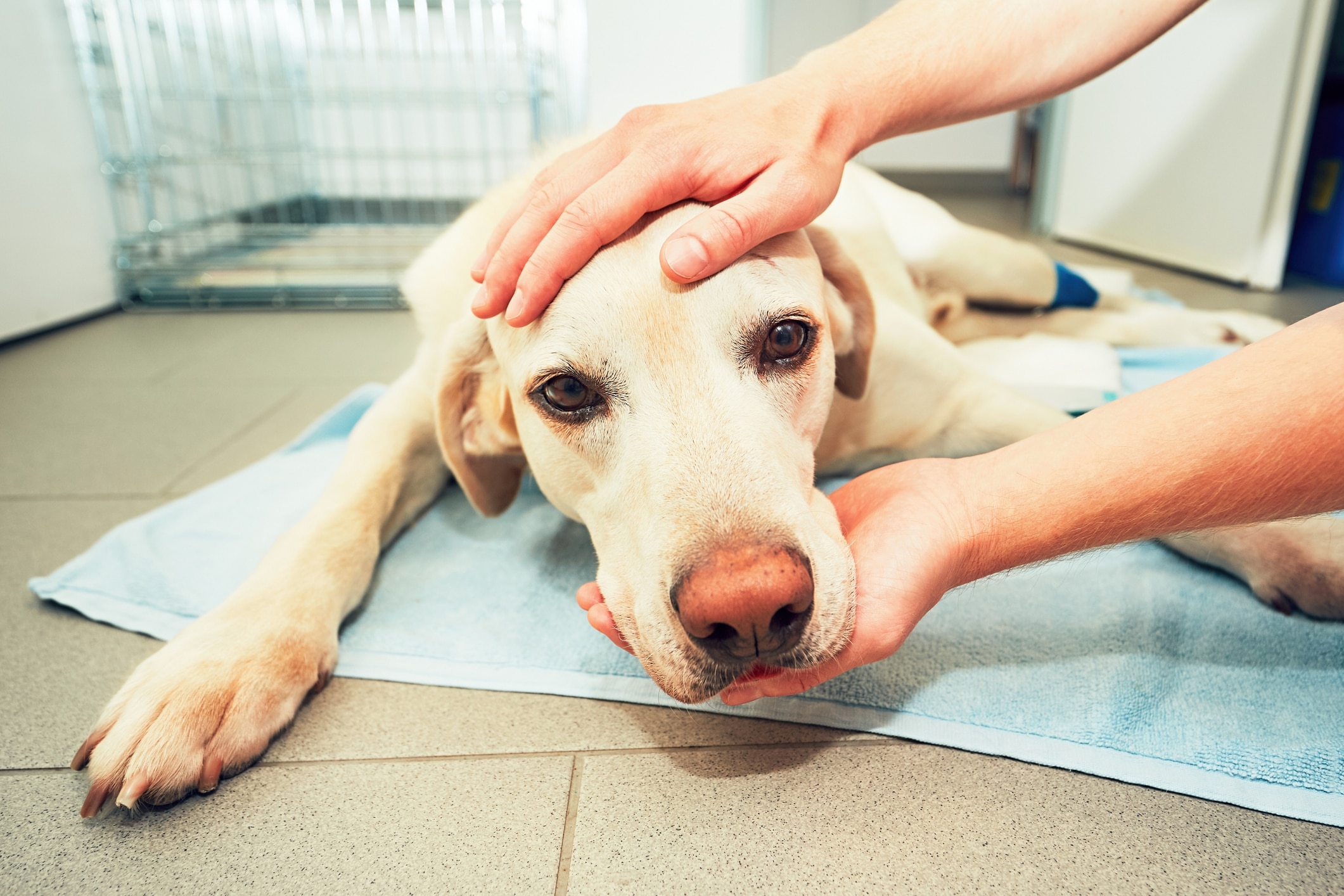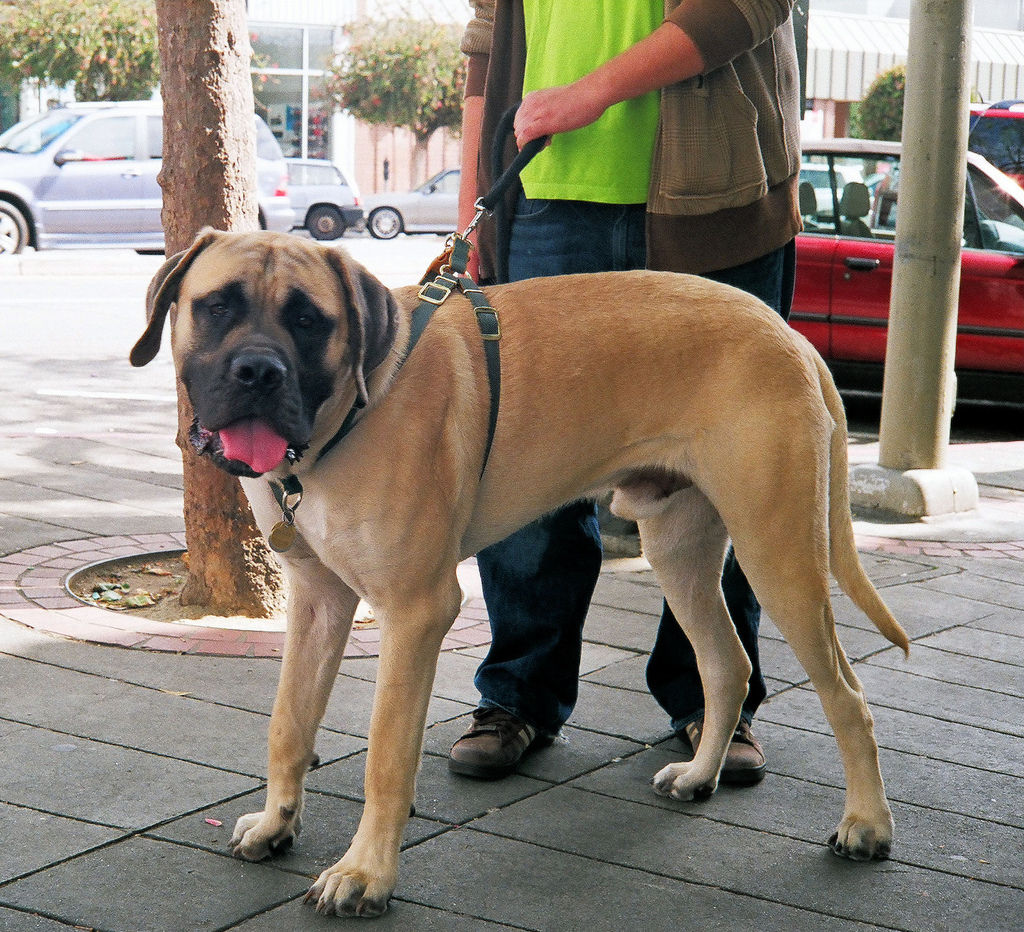You adore your sweet pet, but sharing the same space when you — or worse, your kids — are allergic to dogs can be tough. Watery eyes, an itchy nose and endless sneezing are just some of the frustrations. But it’s very possible to mitigate these symptoms and improve the way you feel. Of course, being allergic to dogs isn’t fun, but with some careful planning, your four-legged friend can stay on as an important member of the family.
And if you’re worried about your kids developing an allergy to the dog, know that science is on your side. According to Dr. Katy Nelson, a veterinarian in Alexandria, VA, many studies have shown that children who are raised with a pet at home have a reduced risk of allergies later in life. “The theory is that exposure to pet dander at a young age may help the body get used to various allergens and strengthen kids’ natural immunity,” she says.
Pet allergies may originate in the dander (tiny flakes of dead skin), the saliva or the dog’s urine. They may also be caused by pet products. “Chemical flea/tick [collars] and de-wormers can contain toxins, which are then secreted from pores, in saliva and in dander, and this can cause allergies in people,” explains Anthea Appel, a veterinary naturopath in New York City.
If you’re not sure you can tell the difference between a cold and an allergy, read Is It a Cold or Is It an Allergy?.
Another consideration is to choose a pet that’s naturally hypoallergenic. The American Kennel Club reports that no dog is 100% free of allergens, but there are a few breeds with non-shedding coats that produce less dander. A few hypoallergenic dogs to think about are the Bedlington terrier, Chinese crested, Bichon Frise, poodle, Irish water spaniel and the Portuguese water dog.
Here are 20 ways you can ease pet allergy suffering for yourself or a loved one:
- Ask About Meds
There are new therapies entering the market regularly, so check with your doctor or pediatrician about a nasal spray or a series of shots to alleviate symptoms.
- Create a Zone
Be strict with a dog-free space, whether it’s the home office or the den. Be sure to keep the door to this zone closed at all times. Keep in mind that, with a child with a dog allergy, you need to be particularly vigilant about keeping the dog out of your child’sroom –and especially off the bed. Fur, dander and saliva can linger in carpets and drapes.
- Think About Supplements
A holistic health care provider may be helpful in suggesting vitamins or herbs that may ease symptoms.
- Clean Frequently
Strive to vacuum and dust your child’s dog-free zone at least weekly to keep pet hair, and the dander that accompanies it, at bay.
- Use HEPA Filters
A HEPA (which stands for high-efficiency particulate air) filter is a mechanical filter that pushes air through fine mesh to contain unhealthy airborne substances (e.g., smoke, pet dander, dust). Installing these can help reduce the particles that exacerbate allergies.
- Wash Hands
Insist that every allergy sufferer soap up after snuggle sessions with the dog — or even after a quick stroke behind the ears–to avoid transferring dander to their eyes and nose.
brichon frise - Go Pro
Consider calling in a professional to clean carpets, drapes and upholstery in your child’s bedroom.
- Grab a Cove
A piece of fabric on your couch can create an easily washable barrier between you and your pet’s fur.
- Bathe Your Pet
Regular scrubbing in the tub may reduce the allergens on your dog’s coat.
- See an Allergist
Get yourself and your child tested to be certain that pet dander (or saliva or urine) is the true culprit.
- Rip Up the Carpet
Bare floors are less likely to attract and retain pet fur and dander.
- Buy a Pet Bed
Your dog should have her own place to sleep (not on your bed nor with your child).
- Ditch the Curtains
Fabric window coverings are similar to rugs on your floor. Consider removing them in favor of blinds.
- Skip Kisses
Any kind of licking –on your hands, neck, anywhere –exposes you to saliva. Remind the kids of this as well.
- Swap Out Upholstered Furniture
Less fabric means fewer allergens in house. Consider wooden chairs and leather couches.
- Build a Doghouse
You hate to banish your pup to the great outdoors, but if you can keep her out of the house as much as possible, it will lessen the amount of dander that builds up inside.
- Air Out the House
Open windows frequently to bring in fresh air (and flush out dog allergens).
- Launder Pet Items
Be sure to toss your dog’s toys, leash and pet clothing in the wash regularly.
- Rethink Your Pet’s Diet
A new meal plan may be just the ticket. “I have seen people who were allergic to their kibble-fed dog suddenly tolerate their pet when he was switched to a diet of raw, meaty bones,” reports Appel.
- Switch Shampoos
Ask your vet about changing your soap to a stronger one that removes more allergens.
Check out Why Hypoallergenic Dogs Make Great Pets to learn more about the best breeds for people who are allergic.
Jennifer Kelly Geddes is a New York-based writer and editor who specializes in parenting, health and child development. She’s a frequent contributor to Care.com and the mom of two teen girls.
* This article is for general informational purposes only. It is not intended nor implied to be providing medical advice and is not a substitute for such advice. The reader should always consult a health care provider concerning any medical condition or treatment plan. Neither Care.com nor the author assumes any responsibility or liability with respect to use of any information contained herein.








